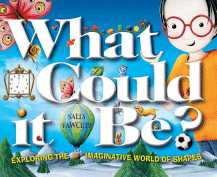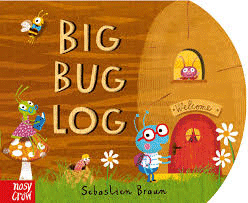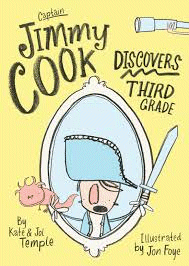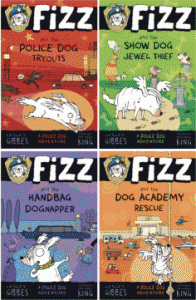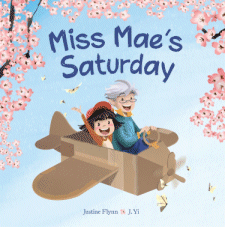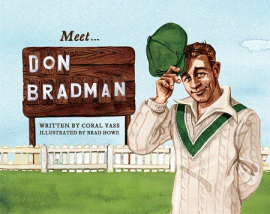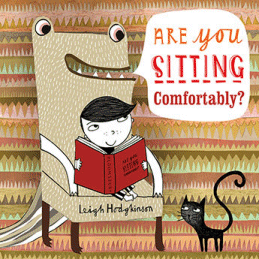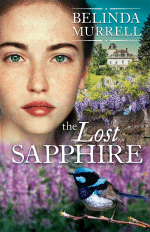
The Lost Sapphire
The Lost Sapphire
Belinda Murrell
Random House Australia, 2016
315pp., pbk., RRP $A17.99
9781925324112
Fourteen-year-old Marli is mightily miffed that instead of spending her summer holidays on the Brisbane beaches with her friends, she is having to spend them with her Dad in Melbourne while her mother takes up a temporary lecturing post at Cambridge University in England. What will there be to do in a city she doesn’t know with a dad she hardly sees and who works such long hours, and where she knows no one else apart from her ageing grandfather Didi? How can she miss out on the parties, picnics, movies and beach trips that her Brisbane school mates would be enjoying? Spending time with her dad on a construction site in Melbourne wasn’t her idea of how the long school break should be spent.
But within 24 hours life changes for Marli because her grandfather has some astonishing news. They have inherited an abandoned mansion – one that has been in the government’s hands for 90 years but with no funds for its upkeep, is about to be handed back to the family. Riversleigh sits on the banks of the Yarra in peaceful, leafy Hawthorn – just across the river from bustling, crowded Richmond where Marli is staying – and was owned by her great, great grandfather who disowned his daughters for not sticking to traditional ways in the 1920s. Even though it is derelict, boarded up and its gardens overgrown its former beauty remains apparent and Marli is immediately captivated. She is determined to find out more.
Monday morning comes and bored already, Marli decides to cycle back to Riversleigh for another look… not knowing she is cycling into her family history and a fascinating adventure with a boy named Luca that not only keeps her intrigued for the whole holidays but makes her want to live in Melbourne. How do an iron key on a faded velvet ribbon, a hatbox beautifully decorated with peacocks, and an old camera bring about such change? What is the significance of the sapphire ring?
This sixth story in Belinda Murrell’s timeslip series takes the reader into the life of Melbourne in the 1920s as we meet the privileged Violet and Imogen trying to stay afloat after the loss of their brothers in World War 1 and the subsequent death of their mother from grief; their distant, traditional, patriarchal father who owns Hamilton’s Gloves and is very much a symbol of the upper class clinging to old values and old ways; Sally the maid and her family who live in the slums of Richmond and epitomise the working class of the time; and the enigmatic Nikolai, a Russian émigré, now chauffeur, who has his own secret story to tell. And in cahoots with her is Luca, the young lad from the Italian family in the apartments built next door whose connections to Riversleigh are as strong as Marli’s and who also has a story to tell.
Slipping easily between then and now, and weaving all the threads into a seamless tapestry tied together by the beautiful blue wren whose family would seem to be as tied to the house as that of the other characters, this is a story of different ways of life in different times that are so intricately bound by the decisions and actions of a distant generation, the reader is prompted to reflect on what was done 100 years ago that continues to shape their own life now. How has society changed so that we have the juxtaposition of Violet’s increasing distance from her father against Marli’s increasing closeness with hers? How does Violet’s determination to break free of the old rules enable Marli to enjoy her present day freedoms?
I savoured this book and didn’t want it to end – as I have with all the titles in the series. So much so that I’m going to buy the collection for Miss Nearly 12 who now has the background knowledge of this country’s history to be able to explore it further through the lives of the modern characters who will resonate with her and take her back into the childhoods of those who have gone before.
Whether she is writing for a younger audience in her wonderful Lulu Bell series or for the Year 5+ age group, Belinda Murrell has the ability to craft fascinating stories that engage even old readers like me. Even though it is beyond the parameters of the age group I usually review for, this is such a great series that it needs to be known. If the girls in your care have not yet met her, introduce them now!
